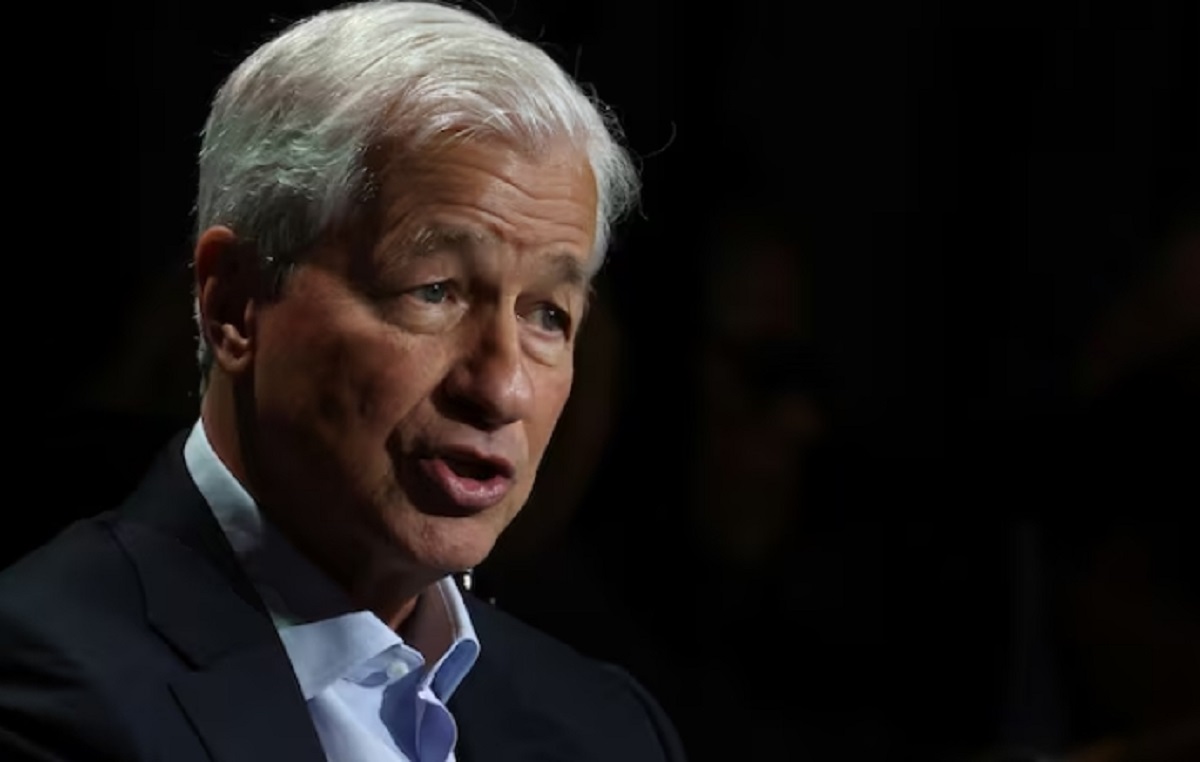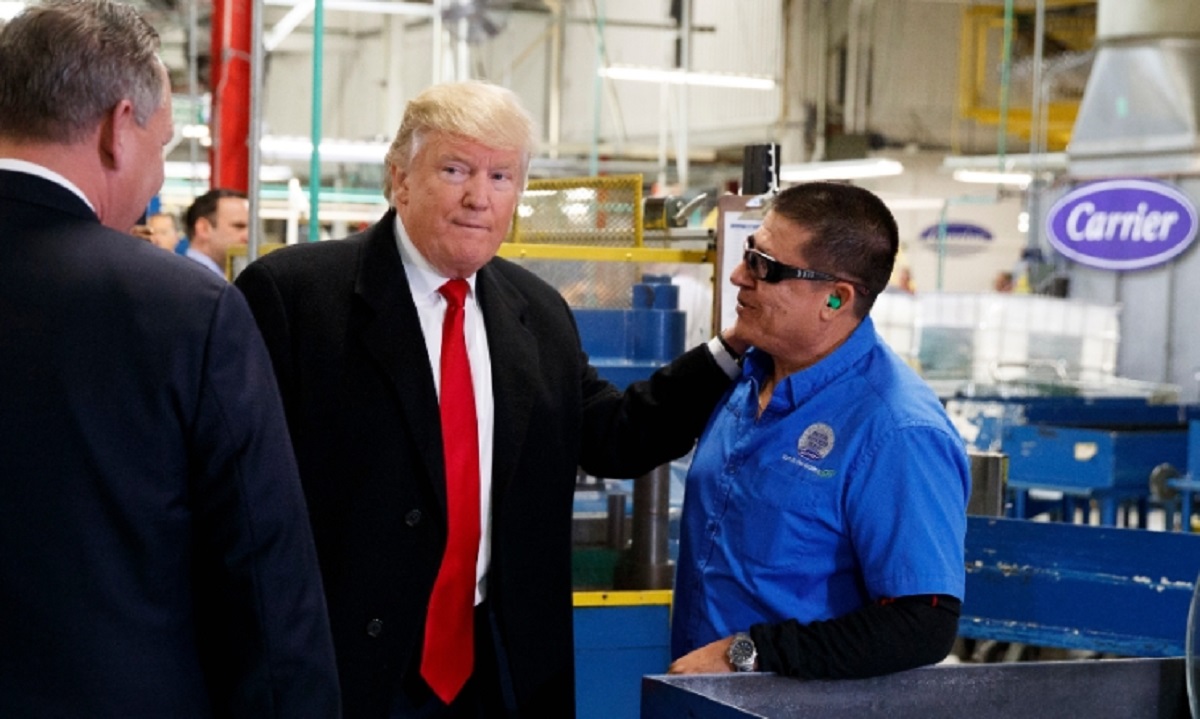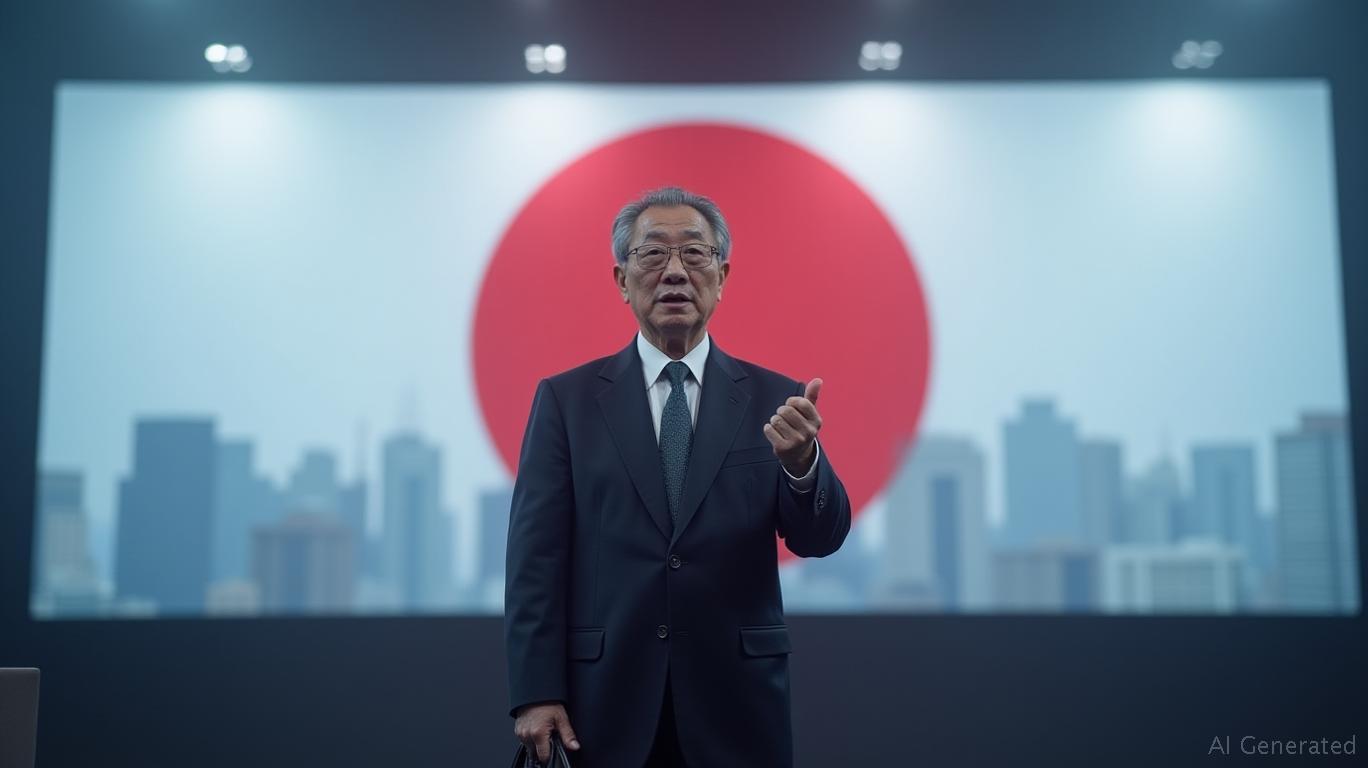U.S.-China Trade Talks: A Fragile Truce Amid Escalating Tariffs
In May 2025, President Donald Trump claimed that China “wants to negotiate very much” but refused to lower the U.S.’s punitive 145% tariffs as a precondition for talks. This stance encapsulates the paradox of U.S.-China trade relations: a veneer of dialogue masking fundamental disagreements over tariffs, subsidies, and security. While high-level discussions—such as the Geneva talks in April and the upcoming Switzerland meeting—have sparked market optimism, the data tells a darker story of economic strain, strategic inflexibility, and a race against time to avert a deeper crisis.
Ask Aime: What is the impact of Trump's tariff stance on the U.S. economy?

The High Stakes of a "Truce"
The U.S. and China have been engaged in a seesaw of concessions since early 2025. A January 2025 Hawaii summit produced a 90-day “truce” on tariffs, but this expired without a lasting deal. By May, cargo shipments from China to the U.S. had plummeted by 60%, with jpmorgan predicting an 80% decline by year-end. The Port of Los Angeles reported a 35% year-over-year drop in May arrivals, and U.S. companies like Ford warned of “significant financial hits” from tariffs. Meanwhile, China’s factory activity contracted at its fastest pace in 16 months in April, despite official claims of “stable economic fundamentals.”
The Diplomatic Tightrope
Both nations are walking a tightrope between principle and pragmatism. The U.S. demands China curb state subsidies for tech firms, reduce military activities in the South China Sea, and open markets to U.S. goods—without lowering tariffs first. China, meanwhile, insists that any talks must begin with the U.S. removing its “unilateral tariff hikes.” Treasury Secretary Scott Bessent framed the Switzerland meeting as a “step toward de-escalation,” but analysts like Craig Singleton of the Foundation for Defense of Democracies noted the “asymmetry” in demands: “The U.S. wants concessions; China wants reciprocity. Neither is budging.”
The Economic Cost of Stalemate
The human and economic toll is mounting. The U.S. economy contracted by 0.3% in Q1 2025, its first quarterly decline in three years, as businesses stockpiled goods ahead of tariff deadlines. China’s Q1 GDP growth of 5.4% was inflated by pre-tariff factory overproduction, but April data revealed a sharp slowdown in exports and consumer demand. Even Trump’s own Treasury Secretary acknowledged the “unsustainable” path of tariffs, which risk triggering a global recession. The IMF and World Bank have warned of a synchronized slowdown, with U.S.-China trade volumes now at a 16-month low.
The Path Forward—and the Obstacles
A resolution hinges on three factors:
1. Tariff Reduction Timing: The U.S. has a 90-day tariff pause for most trading partners (excluding China), set to expire in early July. Extending this or negotiating a phased rollback could ease pressure.
2. Sectoral Compromises: The U.S. seeks to “decouple” strategically in tech and pharmaceuticals but may accept continued trade in textiles and consumer goods. China’s offer to collaborate on renewable energy and AI could be bargaining chips.
3. Domestic Politics: Trump’s re-election pledges to “protect American jobs” limit his flexibility, while China’s Communist Party faces pressure to demonstrate strength.
Conclusion: The Clock Is Ticking
The data is unequivocal: the U.S.-China trade war is exacting a toll on both economies. With cargo shipments collapsing, consumer prices rising, and global growth at risk, the stakes are existential. While the Switzerland talks may yield temporary compromises—such as a 60-day extension of the tariff pause—the core issues remain unresolved.
Analysts estimate that even a partial deal could boost U.S. stock markets by 5–7%, as seen in April’s modest gains following the Geneva talks. However, without addressing the structural issues of subsidies, security, and market access, the truce will remain fragile. The IMF’s warning—a 1% global GDP contraction if tariffs persist—underscores the urgency.
For investors, the path forward is fraught with uncertainty. Equity markets may rally on any headline progress, but the real test will be whether the U.S. and China can move beyond tactical “de-escalation” to strategic compromise. Until then, the world’s two largest economies—and the markets they influence—will remain hostages to a high-stakes game of chicken.
Last Price($) | Last Change% | Estimate Revenue(USD) | Report Period | Report End Date |
|---|---|---|---|---|
| 98.89 | 0.34% | 180.01B | 2025Q4 | 20250131 |
| 362.68 | 0.92% | 39.14B | 2025Q4 | 20250202 |
| 113.71 | 0.15% | 38.02B | 2025Q4 | 20250126 |
| 72.88 | -0.12% | 34.75B | 2025Q4 | 20250201 |
| 95.64 | 2.12% | 30.65B | 2025Q4 | 20250201 |
| 94.19 | 0.26% | 24.55B | 2025Q4 | 20250131 |
| 22.51 | 2.62% | 18.63B | 2025Q4 | 20250222 |
| 223.26 | 0.11% | 18.19B | 2025Q4 | 20250131 |
| 128.68 | 0.17% | 16.19B | 2025Q4 | 20250201 |
| 68.24 | 2.34% | 13.66B | 2025Q4 | 20250201 |
Ticker |
|---|
| WMTWalmart |
| HDThe Home Depot |
| NVDANvidia |
| KRThe Kroger |
| TGTTarget |
| DELLDell Technologies |
| ACIAlbertsons |
| LOWLowe's Companies |
| TJXThe Tjx |
| BBYBest Buy |










